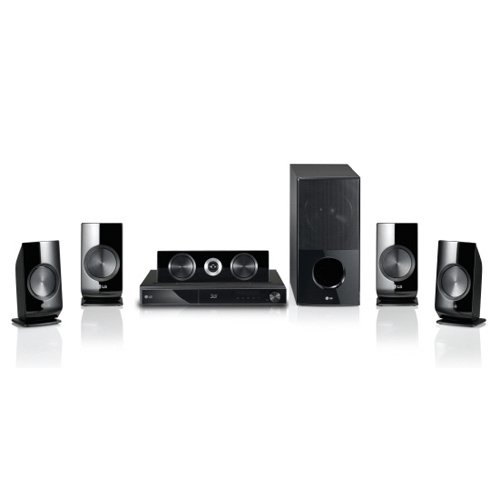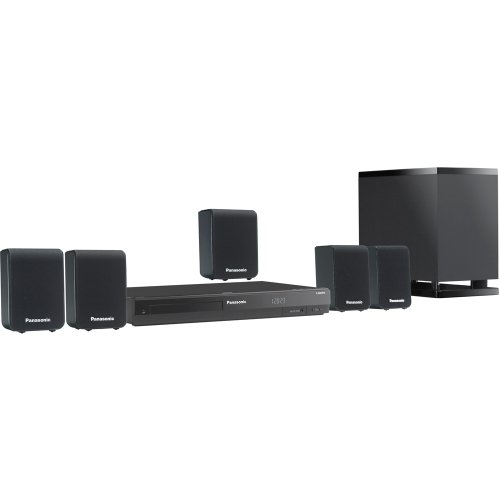When low-end stereo manufacturers began putting cassette players, record turntables, radio tuners and amplifiers all in one plastic box, real audiophiles would tout the superiority of component systems. With a component system, each individual part could be selected for its quality and its ability to combine with the other pieces to create a good sound system. What someone forgot to tell most people was that one of the most important single components for a sound system is the room itself.
The size, layout and all the items within the room will affect the sound of your home theater system. The paint on the walls, the furniture, the windows and everything else influences the acoustics of the room. Most people don't consider this when paying thousands of dollars for equipment, huge screens, loge seats and other trimmings of a real theater. If you want the best fidelity and sound experience, you need to know how acoustic panels can improve your home theater experience.
Room dynamics
A modern home, with its high ceiling and hard surfaces, provides an inferior acoustic environment. There are sound reflections to consider, as well as the dampening (sound deadening) effects of different materials. There are also such entities as standing waves, sound distortions that exist like invisible swirling statues in your theater space because of the specifics of the room size, makeup and interior reflective surfaces. It can be quite the acoustical nightmare.
Now, other considerations such as soundproofing are related to this topic but are properly dealt with in other articles, and/or by trained professionals. Soundproofing will ensure that the sound from inside the room does not leak out, and that sound from outside does not make its way in. However, some of the basic soundproofing steps are part and parcel of your initial home theater room design. This can help you from the start in what amounts to the challenge of building a room-in-a-room, your isolated and sound-controlled home theater space.
Reflections, Absorption
A room full of hard, reflective surfaces will produce an echo-filled, somewhat harsh sound, as opposed to the dullness created by surfaces that are soft and absorptive. Consider a room with every surface made of processed wood, ceramic tile, concrete ceilings and gypsum partitions. This is ideal if you want reflectivity and echo, and not so good for intelligible dialog and full-bandwidth music. Every increase in sound level (decibels) creates additional reverberation and echo. If you were to start out this way and begin to insert soft furnishings and material surfaces, even willy-nilly, you would immediately hear a different as you did so. It should be apparent, then, that adding to this approach some simple math and acoustic principles would successfully balance your sound.
Obviously, optimum results would require that your home theater design balance the surfaces in the room, and this means adding sound absorption. You achieve this by stopping the noise reflections and controlling the reverberation. You would use upholstered furniture, acoustic panels, mounted and freestanding soundboards and carpets to accomplish this. Of course, balance means more than just having both hard and soft surfaces in the room, it has a great deal to do with positioning with regard to speaker placement. A pleasing overall home theater sound results from a combination of surfaces, positions, absorption and reflection.
Rules of thumb
These general rules will help, but every room and sound system is a unique combination of various elements. Start with the general and move carefully to more and more specific treatments of your room. If you are not comfortable making standing wave calculations or balancing acoustic elements, by all means get some help. The more you are spending on your system, the more you owe it to yourself (and the family) to make sure it is done right. Now, some tips:
• Carpeting is especially important between the front speakers and the listeners, as it catches the first reflective sounds.
• Acoustical wall paneling and/or curtains near to the front speakers also help.
• Do not paint acoustic panels, as it reduces its effectiveness by making it more reflective.
• Soft furnishings (sofas, cushions) contribute to echo absorption.
• Typically, the ceiling should be a hard surface so it can carry sound from front to back and diffuse the surround signals around the room.
• The average home theater design should have at least 35% of the total room surface area absorptive (floor, wall and ceiling area), and most absorptive surfaces should be in the front half of the theater.
• With the rear of your room having more reflective surfaces, sound diffuses better (again, the surround signals, especially) from the rear speakers.
You will need to experiment, and try positioning your soft furnishings in various spots around the room. Decibel meters and other tools can assist you in getting your room fine-tuned, but once again, if you are feeling in over your head, get some good help to get it done right the first time. You will save money in the long run.













